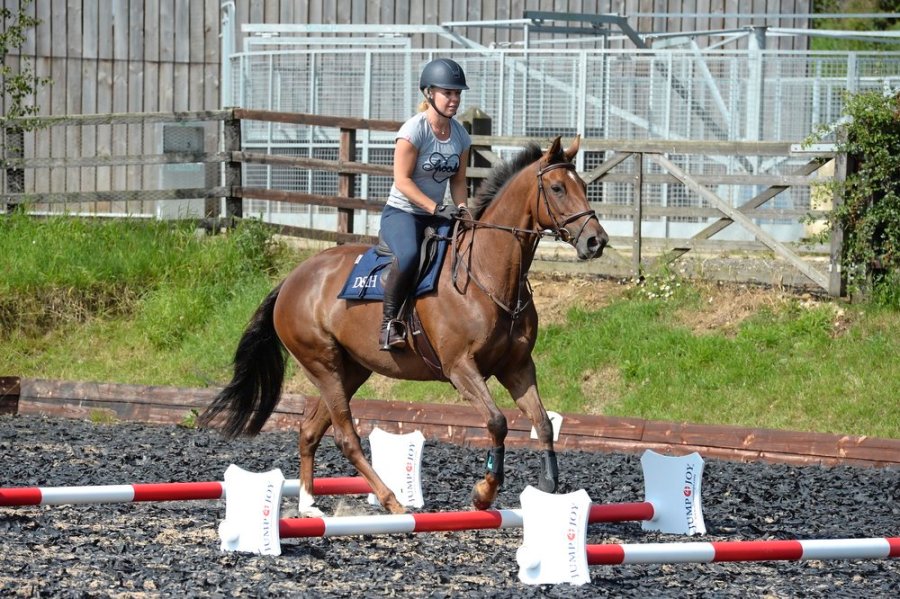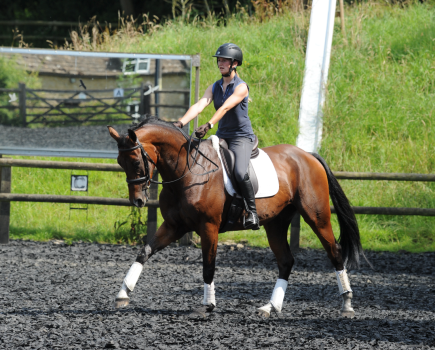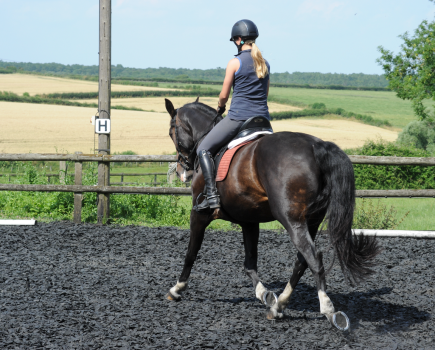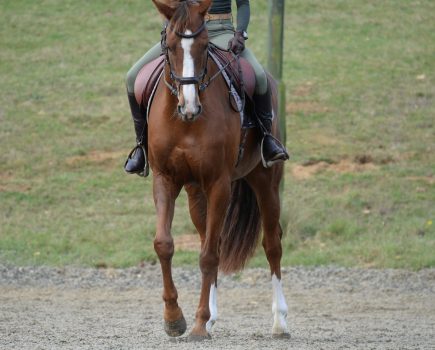Think training with cavaletti is just for showjumpers? Nope. Any horse and rider combination can benefit, so we’ve teamed up with eventer Richard Waygood to show you why these little jumps are schooling gems.
Invented by cavalry officer Federico Caprilli, cavaletti are designed to help with suppleness, balance, impulsion and stride adjustment and, used in your regular schooling regime, provide an effective and active workout for your horse.
Richard is a huge fan of cavaletti and he believes that any horse can benefit from working over them. Here he shares some of his top gymnastic exercises.
Cavaletti explained
Cavaletti poles (’little horse’, from the Italian cavallo) are small jumps with a rail or pole fixed at each end to an X or block, so they can’t be knocked down. By rotating them onto different sides, the height can be adjusted from 4 – 24 inches.
Originally made of wood, which you still see, modern cavaletti are usually made from strong synthetic materials. They should be heavy enough so that they don’t roll easily if knocked, but still move out of the way if tripped over or hit with force.
The newer types of cavaletti are easy to move and transport, making them an ideal training aid whatever you do with your horse.
Exercise 1: Add a curve to a straight line
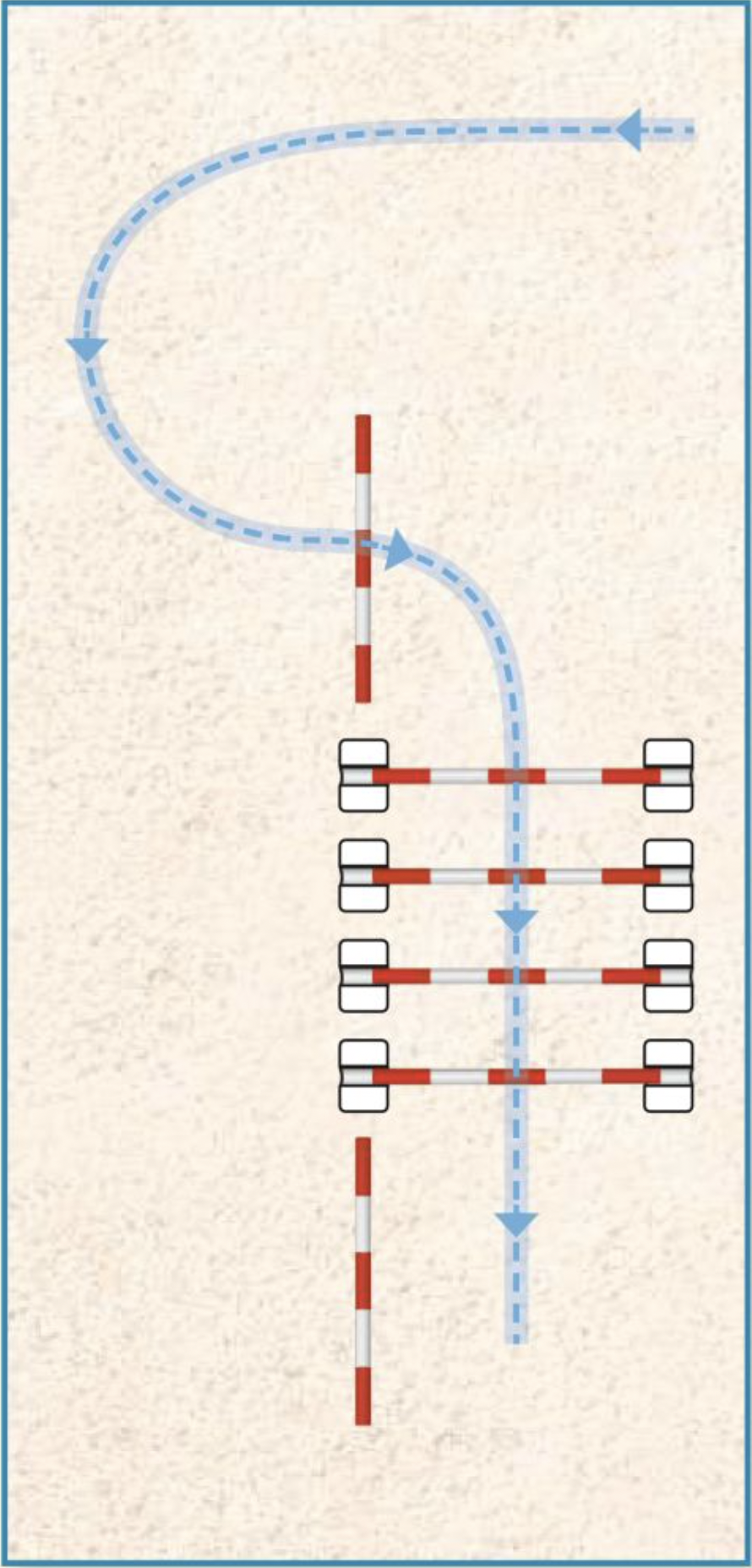
Exercise 1
Make sure that your horse is properly warmed up before you start these exercises. Trot over a pole on the ground a few times too.
“This first exercise is extremely useful,” says Richard. “It includes a curving line, so it effectively engages your horse’s inside hindleg and develops elevation and impulsion; important for both dressage and jumping.”
Set it up: Place four cavaletti at trotting pole distance on the three-quarter line of your arena, then add two poles, one at each end of the line of cavaletti at right angles to them on the centre line.
How to ride it:
- In trot, ride over the ground pole and then turn to ride over the line of cavaletti, keeping straight the whole way through.
- Think about your entry in advance as you’ll be turning as you go over the pole. Your horse will bend through their body, increasing their suppleness.
- Keep your horse moving forward, but without rushing them. Allow them to lower their neck to look at the cavaletti, which will also enable them to use their topline correctly.
- Half-halt as you ride the line to create more elasticity, staying relaxed and soft in your hands.
“This exercise is a good introduction to tackling angles and tricky lines too,” adds Richard. “Tackling cavaletti at any height is a great exercise for developing cadence, impulsion and topline as your horse has to work on lifting their legs that bit higher.”
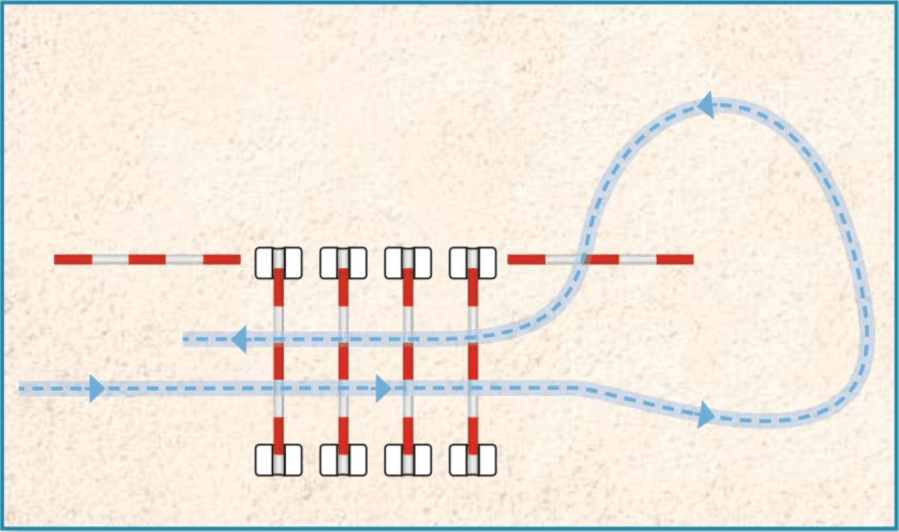
Exercise 1: The next step
The next step:
“Repeat the exercise, but this time as you exit, ride a teardrop shape, coming around the back of and over the pole at that end of the line, then come back down over the cavaletti, repeating the teardrop at the other end,” explains Richard. “This allows you to ride a number of repetitions and tackle suppleness and accuracy.”
To perfect this exercise, as you ride over the pole on entry, see if you can get your turn perfectly balanced, with the angle small enough that your horse puts just one front foot into the corner between the pole and the first cavaletti. This makes you focus on controlling your horse’s outside shoulder.
Exercise 2: Cavaletti on a circle
This exercise is really good for improving suppleness and accuracy.
“Once set up, you can use the circle in lots of ways – just use your imagination,” says Richard. “The key is to make sure you don’t let your horse fall out through their outside shoulder. Their back feet should always follow their front too, so they have a uniform bend through their body from nose to tail.”
Set it up: Lay out four cavaletti at each point of a 20m circle.
How to ride it:
- Pick up canter and choose the line you want to ride: inside, outside or through the middle.
- The line you pick will mean you have to shorten or lengthen your horse’s stride accordingly.
- Once you’ve ridden each line a few times and counted the strides between each cavaletti, try to adjust further by riding a different number of strides between each – decide how many before you start.
- Don’t forget to regularly change the rein and do the same on each side.
Exercise 3: Ramp up the challenge
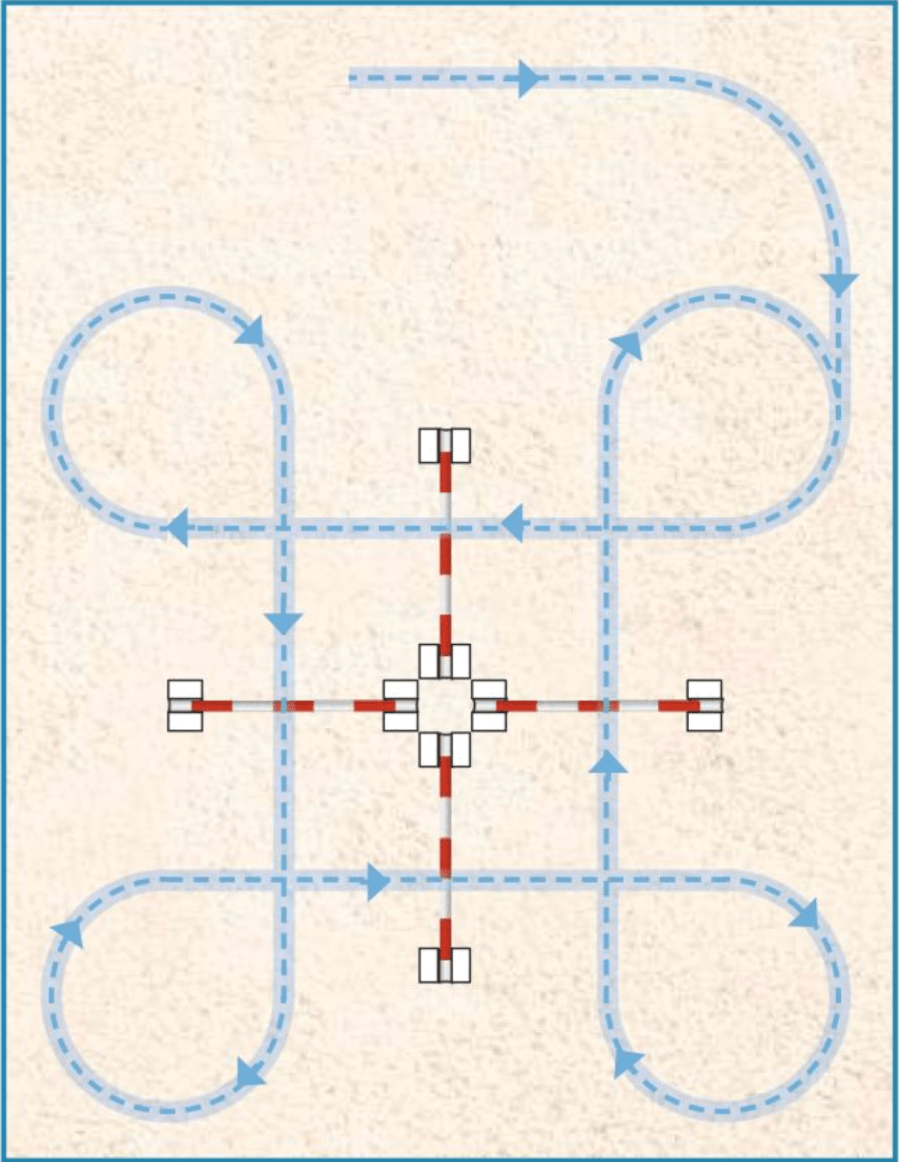
Exercise 3
The final exercise is more advanced, but one of the best for teaching your horse self-carriage.
With practise and repetition, your horse will learn to go into self-carriage earlier and earlier each time they land over the cavaletti, which will translate into more consistency when jumping a course. It’s the circles that put the balance back into the canter – they’ll land and immediately find their self-carriage.
Set it up: Create an X shape with four cavaletti, each one touching at the centre of the X.
How to ride it:
- Ride a large circle around the outside of the four cavaletti, then move onto a smaller circle within one of the boxes of the X.
- Continue on the small circle until your horse is balanced and in self-carriage as much as they’re capable of, and then jump over a cavaletti into the next box.
- Ride a small circle again on the same rein. Repeat until you’ve circled in all four boxes, then give your horse a break.
- Repeat on the other rein.
If this exercise proves too difficult for your horse, enter the box in canter, ride a couple of circles and then exit again. Practise until you feel your horse is ready for the full challenge.
The next step:
“The more challenging you want to make this exercise, the smaller you can make your circles,” says Richard. “To advance this exercise further, ask your horse for a change of leg when you go over the cavaletti and then circle on the other rein.”
Meet the expert: Richard Waygood MBE is the technical director and eventing performance manager at British Equestrian. He has been involved with supporting 23 championship medals, including leading the GB dressage team to Olympic success at London 2012 and Rio 2016 in his role as performance manager/ chef d’équipe.
Check out our subscription offer

